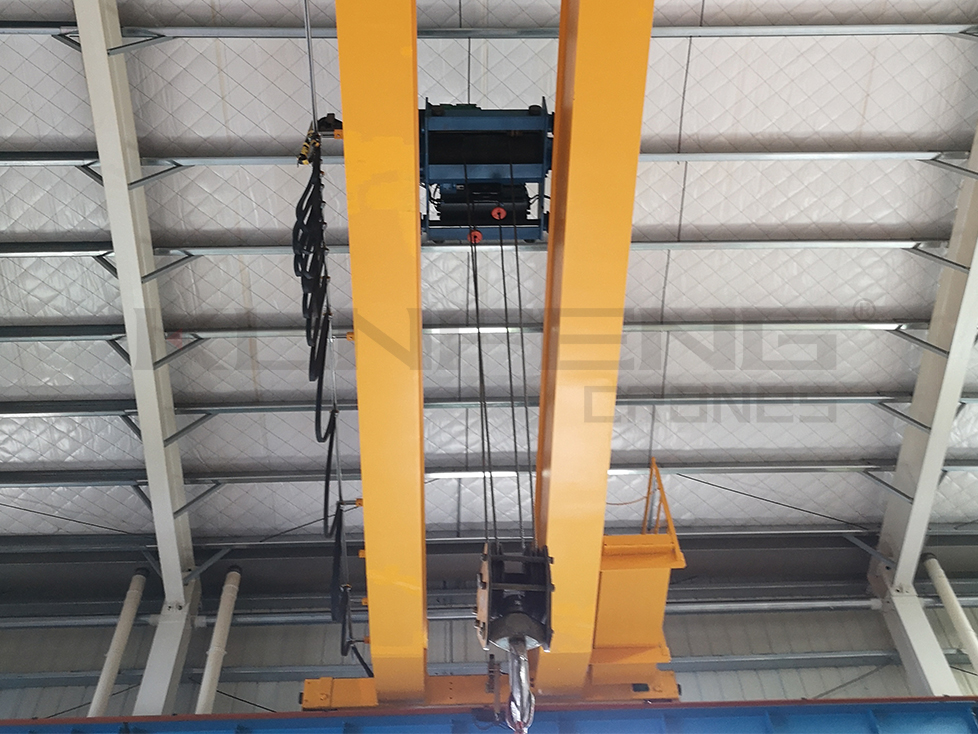Bridge cranes are widely used in industry for transporting heavy loads and hazardous materials in shipping yards, construction sites, steel mills, nuclear power and waste storage facilities and other industrial complexes. The crane should move the load as fast as possible without any excessive movement at the final position. However, most of the common bridge crane results in a swing motion when the payload is suddenly removed after a rapid motion. The swing motion can be reduced finally, but will be time consuming, i.e,reducing the facility availability as well as productivity.The failure of controlling crane also might causeaccident and may harm people and surrounding. For this reason, there has been increasing interest in the design ofan anti-swing control scheme for crane system.
1) A new inteligent anti-swing control scheme is proposed with combination of SMC's robustness and FNN's independence on system model. The bridge crane is simplified into three multi -input subsystems, four sliding mode surfaces are defined and fuzzy neural networks sliding controller is designed. It is capable of ackling non-linear system with parameter uncertainties.
2) Compared with conventional sliding mode control, the system achieves good positioning accuracy and significant sway reduction with considering changes of lifing-rope when the bridge crane system model has uncertainties and disturbance.
3) Moreover, by the PSO algorithm, the parameters of controller are optimized to acelerate system convergence, the inherent chattering phenomena of sliding mode control can be eliminated and the performances of control system can be ameliorated. The simulation results show that the correctness and validity of this method.
